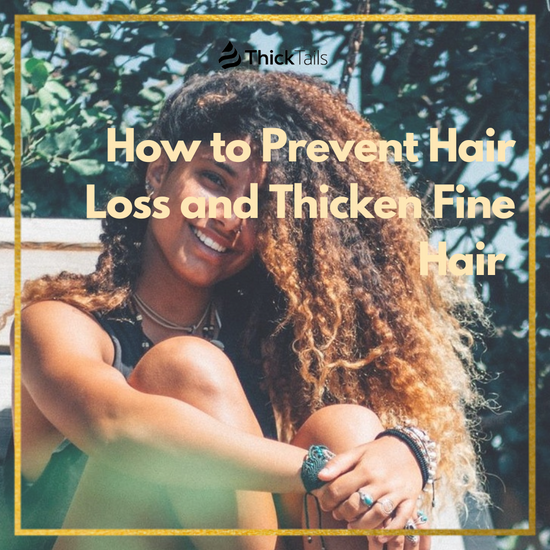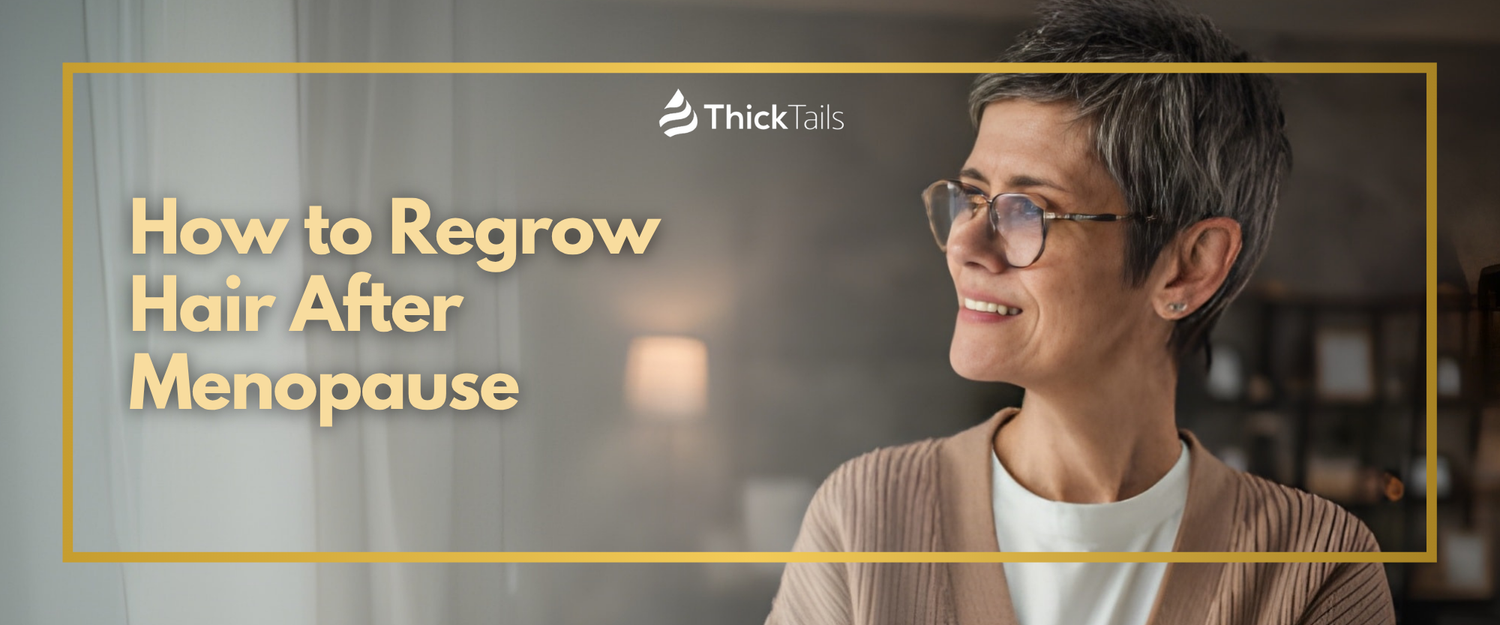As a woman, your hair can be one of your most powerful expressions. It signifies who you are—your style and personality shine through its color, texture, and length. But when it comes to managing hormone imbalance issues such as menopause, stress, or postpartum recovery, having healthy-looking hair can be an ongoing challenge — especially if you’re experiencing hair loss. So what’s the best way to deal with this? Well, today we're going to talk about hairstyling practices and how they may relate to hair loss so that you have better control over managing these pesky hormones yourself!
Understanding the Causes of Hair Loss

Hair loss can be a deeply distressing experience, affecting both men and women. Understanding the causes of hair loss can help individuals identify potential risk factors and make proactive decisions to prevent or manage the condition. There are many different factors that contribute to hair loss, including genetics, hormones, medical conditions, and lifestyle choices. Family history is a significant factor, as well as hormonal imbalances and medical conditions such as autoimmune disorders, thyroid disease, and nutritional deficiencies. Lifestyle factors such as stress, smoking, and poor nutrition can also play a role. By understanding these causes, individuals can take steps to minimize their risk of hair loss and identify appropriate interventions if needed.
Identifying Factors that Contribute to Hair Loss
Hair loss can be a frustrating and distressing experience, but understanding the factors that contribute to it can help in finding effective solutions to prevent it. There are numerous factors that can contribute to hair loss, including genetics, hormonal changes, stress, medications, and certain medical conditions. Genetics play a significant role in determining the pattern and extent of hair loss, while hormonal changes can trigger hair loss during pregnancy, menopause, or thyroid problems. Stress is also a significant factor in hair loss, as it disturbs the normal hair growth cycle. Additionally, certain medications such as chemotherapy drugs and blood thinners can cause temporary hair loss. Identifying the underlying cause of hair loss is essential to finding the best treatment approach for the individual.
Assessing the Impact of Hairstyling Practices on Hair Health
Hairstyling is an integral part of daily grooming routines for many individuals. However, it is essential to understand the impact of hairstyling practices on hair health. Using excessive heat, chemicals, or tight hairstyles can lead to hair damage, breakage, and even hair loss. Thus, it is crucial to assess the impact of hairstyling practices and choose methods that promote healthy hair growth. Opting for less-damaging hairstyling tools, using heat-protectant products, and avoiding harsh chemicals are some simple steps that can help maintain healthy hair. With the right knowledge and precautions, one can enjoy stylish hairdos while also keeping hair healthy and strong.
Tips for Reducing Stress on Your Hair
Stress can be detrimental to your hair, causing damage and breakage over time. The good news is that there are plenty of tips and tricks to help reduce the stress on your hair and keep it looking its best. One of the most important things you can do is to avoid using heat styling tools too often, which can cause damage and weaken your hair. Additionally, try to avoid tight hairstyles, as these can put too much tension on your hair and lead to breakage. Finally, be sure to use a gentle shampoo and conditioner that is formulated specifically for your hair type, and avoid using too many products that can weigh your hair down. With a few simple changes to your hair care routine, you can help reduce stress on your hair and keep it healthy and beautiful for years to come.
Choosing the Right Products for Your Hair Type
Understanding your hair type and choosing the right products can make or break your hair care routine. No two heads of hair are exactly the same, and each requires a specific set of products to look and feel its best. Fine, straight hair may benefit from lightweight formulas that add volume and shine, while thick, curly hair may need richer, moisture-rich products to tame frizz and define curls. It's important to know your hair's unique qualities, such as its texture, porosity, and elasticity, to determine the best hair products for your hair type. By investing in quality hair care products tailored to your specific hair type, you can achieve and maintain healthy, beautiful hair.
Habits and Lifestyle Changes to Improve Hair Health

Maintaining healthy hair can be a daunting task for many of us. Factors such as age, genetics, and diet can all contribute to the health of our hair. However, there are certain habits and lifestyle changes that we can adopt to improve our hair health. One of the most important habits is to wash our hair less frequently, using gentle, sulfate-free shampoos. This helps to prevent stripping the natural oils from our scalp, which can cause dryness and breakage. Another habit is to avoid using heat styling tools too often, and to use a heat protectant spray when we do. This protects our hair from heat damage, which can weaken strands and cause split ends. Finally, incorporating nutrient-rich foods into our diet, such as leafy greens, avocados, nuts, and eggs, can provide our hair with the vitamins and minerals it needs for stronger, healthier growth. By adopting these habits and lifestyle changes, we can all work towards improving our hair health and achieving luscious, beautiful locks.
In conclusion, learning about the factors that contribute to hair loss is essential for maintaining a healthy head of hair. Taking the time to assess the impact of hairstyling practices, as well as choosing products that work best for your hair type and forming new habits to reduce stress on your hair can make all the difference in keeping your locks looking great. Monthly check-ins with a stylist or hair care professional can be incredibly beneficial in helping maintain an optimal level of hygiene and health when it comes to our tresses. Although losing some strands isn’t always cause for concern, it’s important to address any lasting issues right away so that we can keep our locks looking fabulous and worry-free.










